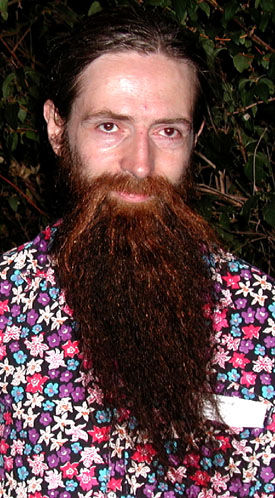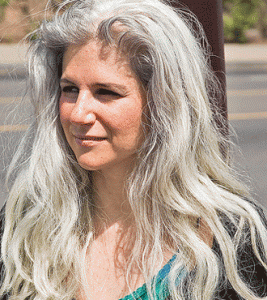Inspiring Quotes by Aubrey de Grey
 Aubrey de Grey has become the leading prophet of the radical life extension movement. To adherents, he has become a messiah figure as well; the long Jesus-like beard serves him well.
Aubrey de Grey has become the leading prophet of the radical life extension movement. To adherents, he has become a messiah figure as well; the long Jesus-like beard serves him well.
No other speaker trumps his passion for the subject of aging. Instead of searching for pragmatic methods to slow aging using current technology, de Grey has his sights set on the future.
His primary message is that even with all the major advances in regenerative medicine and biotech, we are still far from the goal of repairing damage accumulated from aging. Funding isn’t adequate enough to benefit people living today; it needs to be ramped up dramatically. Business will only act if there is sufficient demand along with promise of profitability. Aubrey’s goal is to convince scientists, decision makers, and the public at large that the answer to aging will materialize if we want it bad enough. The time has come to vote with our voices and our wallets.
Without further ado, here are some key quotes from Aubrey de Grey.
“A lot of people, especially journalists, like to characterize my work and the SENS Foundation’s work as being about immortality or living forever. (…) But actually what we’re about is stopping people from getting sick, which is a very down to earth and not terribly controversial topic.”
From Singularity University talk
 Futurist and anti-aging writer Ray Kurzweil gobbles down 250 supplements per day. To us normal folk such measures seem excessive given the limited power of such interventions. At the other extreme, contemporaries like Aubrey de Grey see little value in supplements.
Futurist and anti-aging writer Ray Kurzweil gobbles down 250 supplements per day. To us normal folk such measures seem excessive given the limited power of such interventions. At the other extreme, contemporaries like Aubrey de Grey see little value in supplements. The science behind telomeres is fast becoming a pop culture phenomenon. Just about anyone interested in anti-aging interventions has heard about its effect on aging. People with longer telomeres are said to look and feel younger, regardless of biological age.
The science behind telomeres is fast becoming a pop culture phenomenon. Just about anyone interested in anti-aging interventions has heard about its effect on aging. People with longer telomeres are said to look and feel younger, regardless of biological age. Prior to the 20th century tanned skin was associated with the underprivileged class. It was easy to spot who worked in the fields. Well-off Caucasians spent much of their time indoors. Wide-brimmed hats were worn outdoors to avoid altering their pale, nearly translucent skin.
Prior to the 20th century tanned skin was associated with the underprivileged class. It was easy to spot who worked in the fields. Well-off Caucasians spent much of their time indoors. Wide-brimmed hats were worn outdoors to avoid altering their pale, nearly translucent skin. Resveratrol is one of the most discussed supplements on health message boards such as Longecity at Imminst.org. There is a wealth of information in a giant thread entitled the “
Resveratrol is one of the most discussed supplements on health message boards such as Longecity at Imminst.org. There is a wealth of information in a giant thread entitled the “